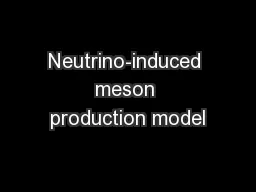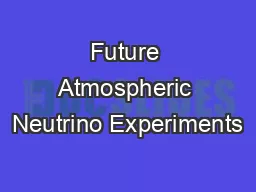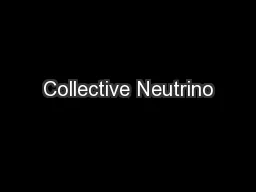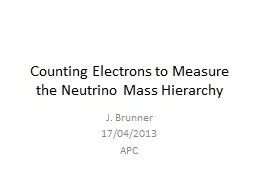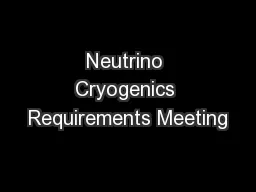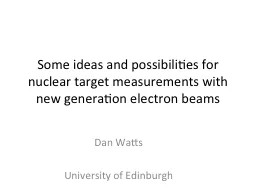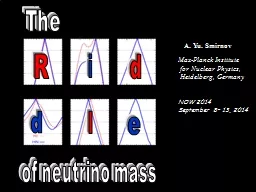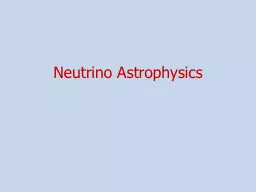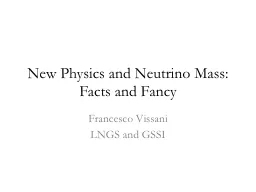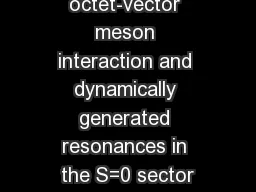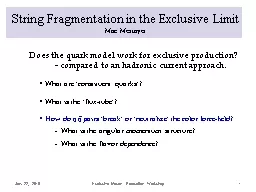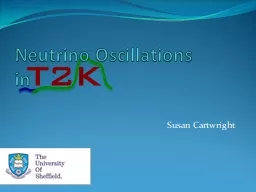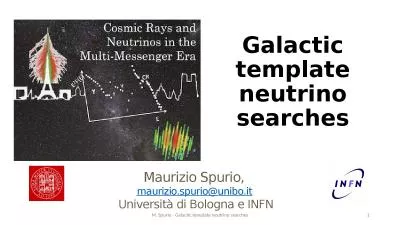PPT-Neutrino-induced meson production model
Author : trish-goza | Published Date : 2016-05-30
for neutrino oscillation experiments Satoshi Nakamura Nuclear Theory Group Contents Introduction nN scattering for neutrino exp Dynamical coupledchannels DCC
Presentation Embed Code
Download Presentation
Download Presentation The PPT/PDF document "Neutrino-induced meson production model" is the property of its rightful owner. Permission is granted to download and print the materials on this website for personal, non-commercial use only, and to display it on your personal computer provided you do not modify the materials and that you retain all copyright notices contained in the materials. By downloading content from our website, you accept the terms of this agreement.
Neutrino-induced meson production model: Transcript
Download Rules Of Document
"Neutrino-induced meson production model"The content belongs to its owner. You may download and print it for personal use, without modification, and keep all copyright notices. By downloading, you agree to these terms.
Related Documents

